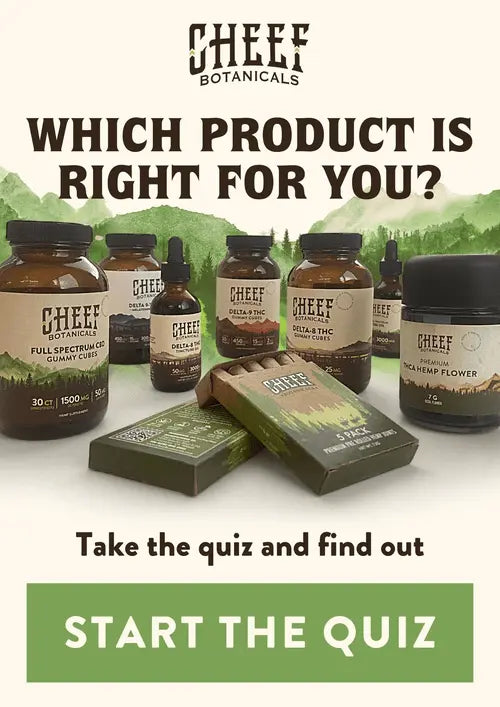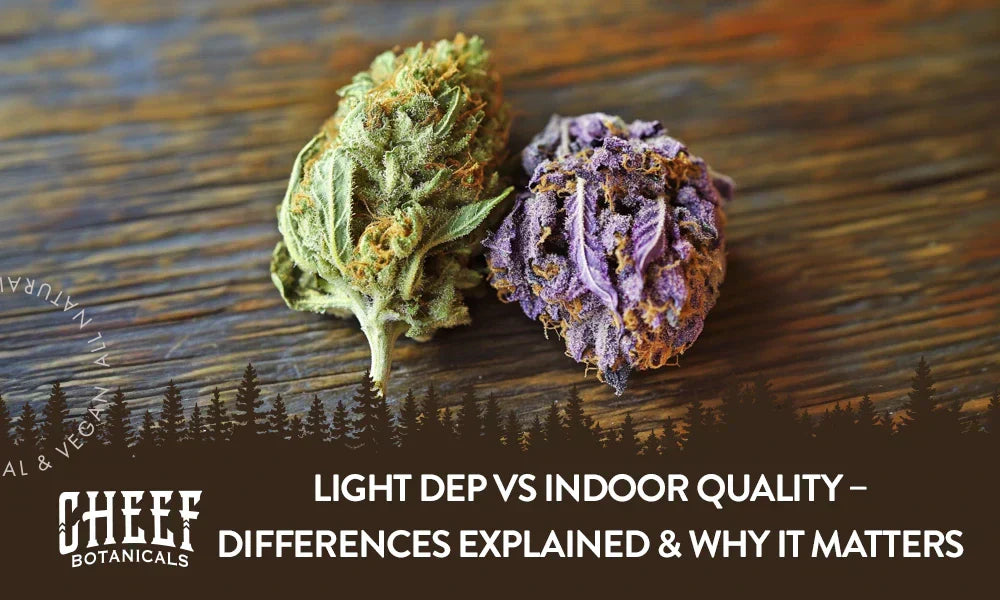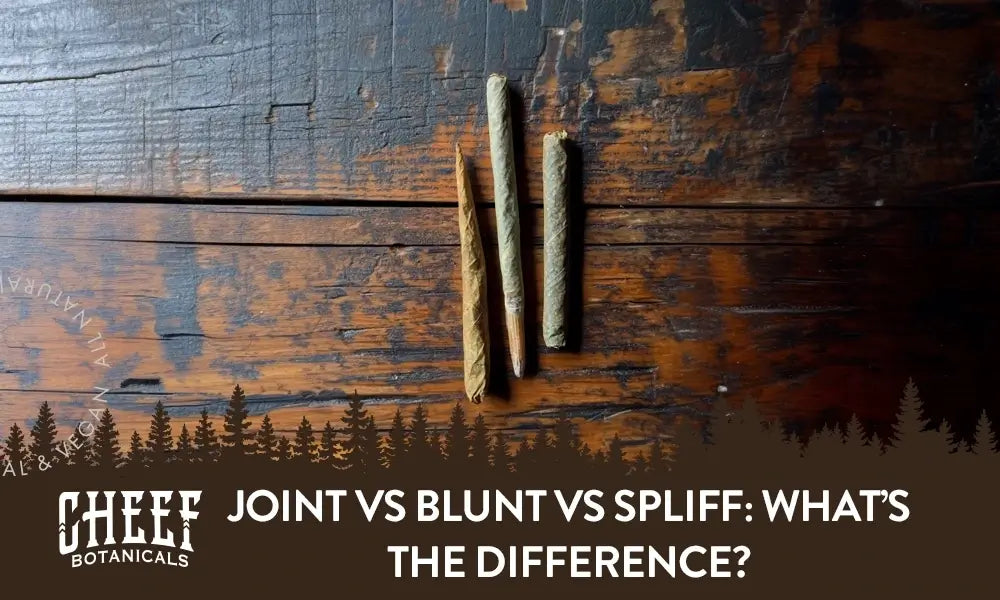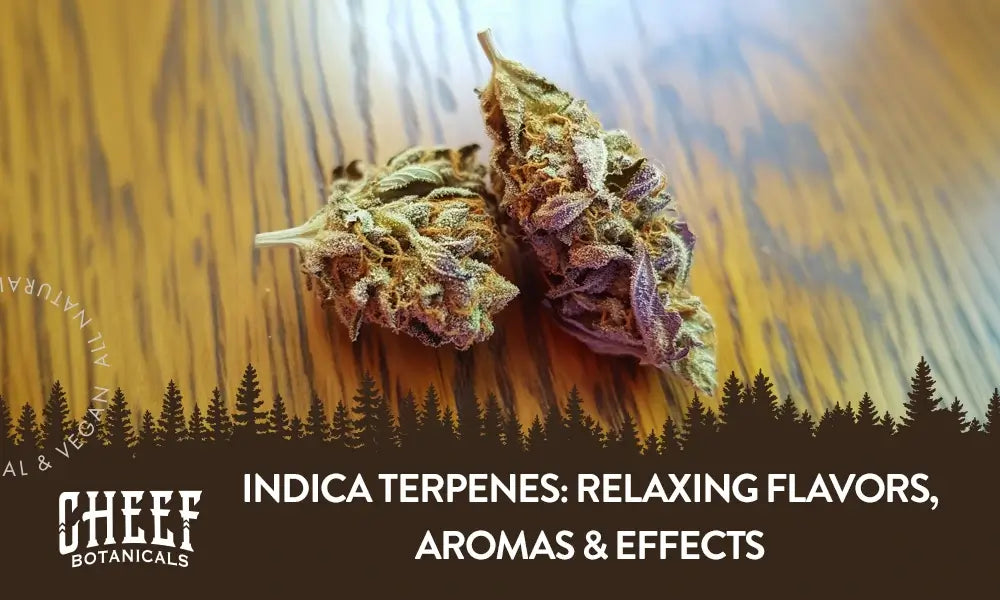When it comes to light dep vs indoor flower, the difference can show in how the buds smell, taste, look, and affect you. Growers, buyers, and consumers often debate which method produces the best results.
Some cultivators combine both styles to get the best of both worlds. That’s how much it matters. Want dense, colorful buds with a strong aroma? Or are you after eco-friendly farming that still hits the mark? Keep reading — we’re breaking it all down!
What Is Light Dep Cannabis?

Light dep, or "light deprivation," is when cannabis is grown in greenhouses that use natural sunlight and blackout systems to control light cycles. This method combines the energy efficiency of outdoor growing with added control over timing and harvests.
Growers can force plants to flower earlier than in nature by simulating shorter days, leading to multiple harvests per year. It’s especially effective in regions with long daylight hours and stable climates, offering solid crop yields without full reliance on artificial lighting.
Many growers choose light deprivation for its balance of sustainability, flexibility, and consistent results, especially when aiming to reduce environmental impact.
How Light Deprivation Grows Work (Sunlight + Scheduled Darkness for Faster Harvests)
Light dep setups use blackout tarps or curtains to shorten daylight hours. The control over night and day cycles allows the plants to bloom on a faster schedule than natural growth cycles under undisturbed sunlight and nightfall. Light deprivation systems give you more harvest control without needing expensive lighting rigs.
Because they run on direct sunlight, light deprivation greenhouses cut down energy costs and minimize the need for supplemental or artificial lighting. With some temperature and humidity control, this method blends the strengths of indoor and outdoor growing, making it great for people who want reliable quality with lower overhead.
What Is Indoor Cannabis?
Indoor cannabis is grown in a fully controlled environment that doesn’t rely on environmental factors like natural sunlight or weather. You control everything: light exposure, temperature, humidity, and even airflow. This allows growers to fine-tune their growing conditions for the best results, regardless of season or region. With the right setup, you can produce high-quality crops consistently year-round.
People often choose indoor growing for its reliability. It’s especially helpful in places where the weather changes often or where natural sunlight is limited. If you want steady crop yield and precise light cycles, this method gives you more control than any other.
Fully Controlled Environment Grown Indoors
Indoor systems use artificial lighting, usually LEDs as the primary source of light. This lets you manage your light cycles to match the exact needs of your plants at every stage. Add in climate control systems, and you've got complete command over how your plants grow.
Because there's no reliance on natural resources, you don’t have to adjust for cloudy days or freezing nights. You get uniformity in your crops, which means predictable results and fewer surprises. Indoor and light deprivation setups differ most here: indoor grows are totally isolated from outside conditions.
Why Indoor Flower Has a Premium Reputation
Indoor flower often earns a premium because of its appearance and consistency. The buds tend to be more dense, richly colored, and covered in trichomes. This look appeals to consumers who want something that looks just as good as it smells.
People also associate indoor flowers with elevated potency and smoother flavor. Since everything from humidity to light exposure is fine-tuned, you get high cannabinoid content and bold terpene profiles when done properly. If you're someone who shops with your eyes and nose first, indoor-grown flower usually checks every box.
Comparing Indoor vs Light Dep Quality
When people compare light deprivation buds to indoor quality, they’re usually considering four key factors: how it looks, how potent it is, how it smells, and how smooth it smokes. Each growing style uses different light sources and cultivation methods, which impact the final flower quality in different ways. Here’s how they stack up side by side.
Visual Appearance – Trichomes, Density & Color
Indoor flower is known for its frosty trichomes, dense buds, and vivid colors. Controlled light cycles, temperature, and humidity help develop that showroom-worthy look.
Light deprivation can also produce attractive buds, especially when grown with care in the right environmental conditions. However, some crops may look slightly less polished due to minor exposure to outdoor factors.
Potency and Cannabinoid Concentration
Indoor growing allows full control of light and environment, which often leads to the highest cannabinoid levels. You’ll usually see stronger concentrations of THCa and other active compounds.
Light deprivation still supports solid potency, but results can vary depending on sunlight, temperature, and overall growing conditions. Some growers adjust with supplemental lighting to maintain vigorous growth.
Terpene Profile and Aroma Differences
Sunlight helps light dep flower develop bold, natural aromas. Many growers believe this adds depth to the terpene profile, especially in fruits or gas-forward strains.
Indoor flower has a strong scent too, but since it relies on artificial lighting, some say the flavor and aroma feel more engineered than earthy.
Cleanliness, Pesticide Use & Contaminant Risk
Indoor environments are cleaner by design. Fewer pests mean fewer pesticides, and sealed systems reduce the risk of contamination during the drying process.
Light dep greenhouses offer more protection than outdoor growing, but they still involve some exposure. Many growers cover their plants with plastic sheeting or blackout tarps to reduce dust, pests, and excess moisture.
Pros and Cons of Light Dep Flower
Light deprivation gives you the best of both indoor and outdoor growing without the full costs of either. It lets you use natural sunlight while still controlling light exposure to boost your crop yield. Below are the key benefits and downsides to know.
Pros:
More Eco-Friendly. Light dep setups use natural resources like sunlight instead of relying solely on artificial lighting. This lowers energy use and reduces overall environmental impact.
Cost-Effective. Because you're not constantly running lights, your electricity costs stay lower. You still get strong yields by managing your light cycles and growing conditions, especially in sunny regions.
Cons:
May Vary in Quality Depending on Cultivation. Since light deprivation greenhouses still depend on sunlight, results can vary if the weather shifts. Inconsistent light exposure or humidity may affect flower quality, especially without added climate control.
Pros and Cons of Indoor Flower
Indoor growing gives you full control over every aspect of the growth process. If you're aiming for looks, potency, and consistency, this method checks all the boxes. Here's what you can expect.
Pros:
Consistent Quality. With a controlled environment, you remove outside variables like weather and pests. This gives you repeatable results across every harvest.
Highest Potency. Indoor grows let you fine-tune light exposure, temperature, and airflow. That precision helps your plants reach peak cannabinoid concentration and full trichome development.
Visually Stunning Buds. The indoor flower usually has denser nugs, vibrant color, and rich trichome coverage. These features are big selling points for many consumers.
Cons:
Higher Cost Due to Controlled Growing Conditions. All that control comes at a price. You’ll need to invest in artificial lighting, HVAC systems, and regular maintenance. This can drive up the cost of indoor flowers compared to light dep.
Which Offers Better Flavor and Smoothness?
Flavor and smoothness come down to terpenes, growing conditions, and how the flower is handled post-harvest. Both methods have their strengths, but the differences show up when you actually try the flower.
Terpene Retention in Indoor-Grown Flower
Indoor flower often has a stronger aroma and richer terpene profile. Controlled light cycles, stable humidity, and dialed-in temperature let growers bring out bolder flavors. Indoor-grown buds often go through a more consistent drying process, which helps lock in that smooth, flavorful smoke.
How Light Dep Flower Performs in Taste Tests
Light dep gets support from the natural sunlight it uses. That full-spectrum light helps with terpene development, even if the final product isn’t always as bold as indoor. While it might not hit the same intensity, many consumers enjoy the lighter, earthier flavor and appreciate its connection to the natural environment.
Best Indoor Flower Options From Cheef Botanicals

Cheef Botanicals offers premium indoor THCa flower that stands out for flavor, potency, and visual appeal. Our cannabis is cultivated in small batches under a controlled environment to support consistent quality and rich cannabinoid content. The buds are hand-trimmed, lab-tested for purity and potency, and produced with attention to every detail from light exposure to the final drying process. Here are our top flavors:
- Spritzer Indoor THCa Flower – Fruity, fizzy, and uplifting
- MAC 1 THCa Flower – Creamy, balanced, and smooth
- Gelato THCa Flower – Sweet, mellow, dessert-like
- Han Solo THCa Flower – Earthy, strong, and euphoric
- Space Junkie THCa Flower – Funky, tropical, and chill
- Lemon Cherry Gelato Indoor THCa Flower – Tart, citrusy, and blissful
- Grape Frosty THCa Flower – Grape candy flavor, relaxing feel
Who Should Choose Light Dep Flower?
Light dep flower is a great choice if you're looking for solid quality without the premium price tag. It works well for budget-conscious consumers, outdoor enthusiasts, and those who prefer a more natural environment in their cultivation methods.
If you enjoy sun-grown flavor and care about environmental impact, light deprivation gives you that balance between quality and sustainability. It's also ideal for people who live in sunny regions and want flowers grown with natural sunlight and fewer resources.
Who Should Choose Indoor THCa Flower?
Indoor THCa flower is perfect for anyone who wants strong cannabinoid content, bold flavor, and top-shelf bag appeal. If you're into visually stunning buds with dense trichomes, indoor buds are for you.
It’s a go-to for potency lovers, flavor chasers, and experienced consumers who value smooth smoke and consistent quality. You also get more control over your experience, thanks to its steady production and refined growing conditions.
Final Thoughts – Light Dep vs Indoor: Which Is Best for You?
Both light dep and indoor flower have their place depending on what you value most—cost, flavor, appearance, or potency. Light deprivation greenhouses offer a more natural, energy-saving option that still delivers solid results. On the other hand, indoor growing gives you full control of bold aroma, dense buds, and consistent quality year-round.
Looking for a hand-trimmed, lab-tested THCa flower grown with precision? Cheef Botanicals has premium indoor options ready when you are. Quality you can see, effects you can feel.






Leave a comment
This site is protected by hCaptcha and the hCaptcha Privacy Policy and Terms of Service apply.